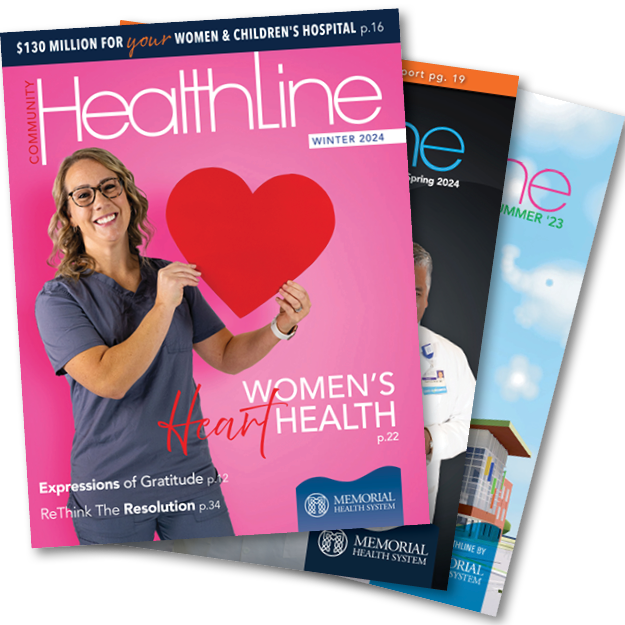Ovulation signs: When is conception most likely?
![]() November, 20th, 2024
November, 20th, 2024
Question
What ovulation signs can I watch for if I want to get pregnant?
Summary
Trying to get pregnant? Learn about symptoms of ovulation
Answer
, Answer Section, ,
Ovulation is the process in which an egg is released from an ovary. The egg can be fertilized for about 12 to 24 hours after it’s released. Sperm can live inside the female reproductive tract for about 3 to 5 days after sex. The chance of getting pregnant is highest when sperm are in the fallopian tubes during ovulation.
Having sex regularly from 3 to 4 days before ovulation until one day after ovulation improves the odds of getting pregnant. Pregnancy is most likely to happen in the days surrounding ovulation. So if you want to get pregnant, it’s important to know when you’re ovulating.
In an average 28-day menstrual cycle, ovulation typically happens about 14 days before a menstrual period starts. But the length of each person’s cycle may be different. And the time between ovulation and the start of a period can be different month to month.
If, like many people, you don’t have a 28-day menstrual cycle, you can find the length of your cycle and when you’re most likely to ovulate by keeping track of when your periods start and end. Computer and phone apps are available to help track menstrual cycles and predict ovulation.
You also can look for symptoms of ovulation, including:
- Changes in discharge from the vagina. Just before ovulation, you may notice more thin, clear, slippery fluid coming out of your vagina. Just after ovulation, there’s typically less fluid, and it tends to become thicker.
- Changes in body temperature. Your body’s temperature at rest is called basal body temperature. It goes up slightly during ovulation. Using a thermometer designed to measure basal body temperature, take your temperature every morning before you get out of bed. Record the results and look for a pattern. Fertility typically is highest during the 2 to 3 days around the time that basal temperature rises.
A home ovulation test kit also may be helpful. You can buy one without a prescription at most pharmacies. These kits test urine for the rise in hormones that takes place before ovulation. This helps you know when you’re most likely to ovulate.
© 1998-2025 Mayo Foundation for Medical Education and Research (MFMER). All rights reserved. Terms of Use



